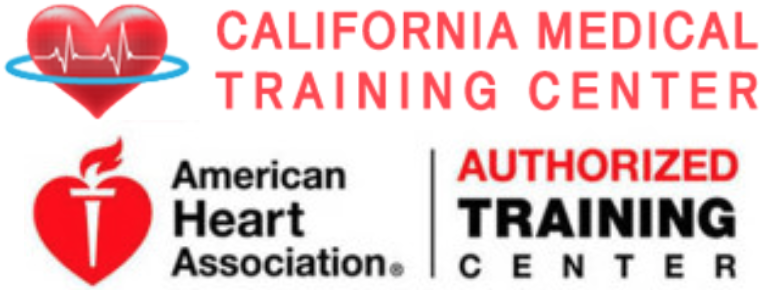No, do not shock asystole. Or, as we say in our classes, “Should we shock asystole?… Only on Grey’s Anatomy“, and almost always in movies and on TV.
Asystole is a cardiac rhythm characterized by the absence of any electrical activity in the heart. In other words, there is a flat line on the electrocardiogram (ECG) monitor, indicating that the heart is not generating any electrical impulses. Unlike other cardiac rhythms such as ventricular fibrillation (VF) or pulseless ventricular tachycardia (VT), where the heart is still exhibiting electrical activity but in a disorganized or ineffective manner, asystole represents a state of complete cardiac standstill.
Because there is no electrical activity to synchronize with and no coordinated contractions of the heart muscle, defibrillation (shocking) is not indicated for asystole. Instead, the management of asystole primarily focuses on basic and advanced life support measures, including high-quality cardiopulmonary resuscitation (CPR), airway management, intravenous access, administration of medications such as epinephrine, and identifying and addressing potential reversible causes (e.g., hypoxia, hypovolemia, electrolyte imbalances).
The American Heart Association (AHA) guidelines recommend following an algorithmic approach to manage cardiac arrest, and shockable rhythms (such as VF and pulseless VT) are the only situations where defibrillation is indicated. Asystole is considered a non-shockable rhythm, and the emphasis is placed on effective CPR and aggressive management of reversible causes to optimize the chances of successful resuscitation.


